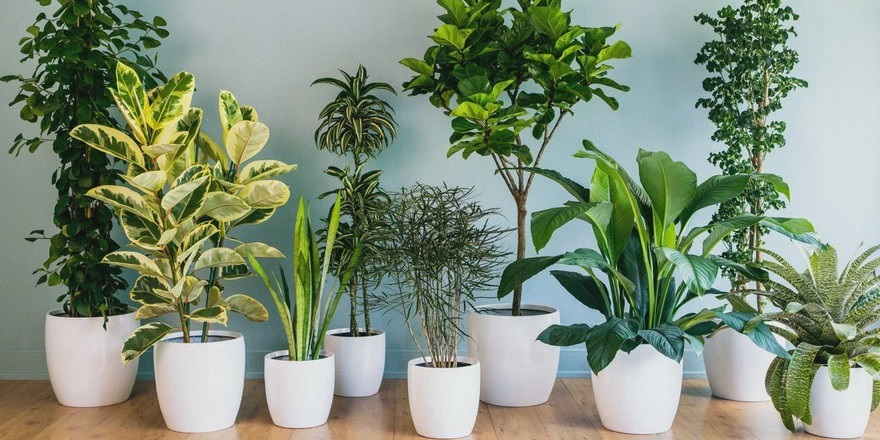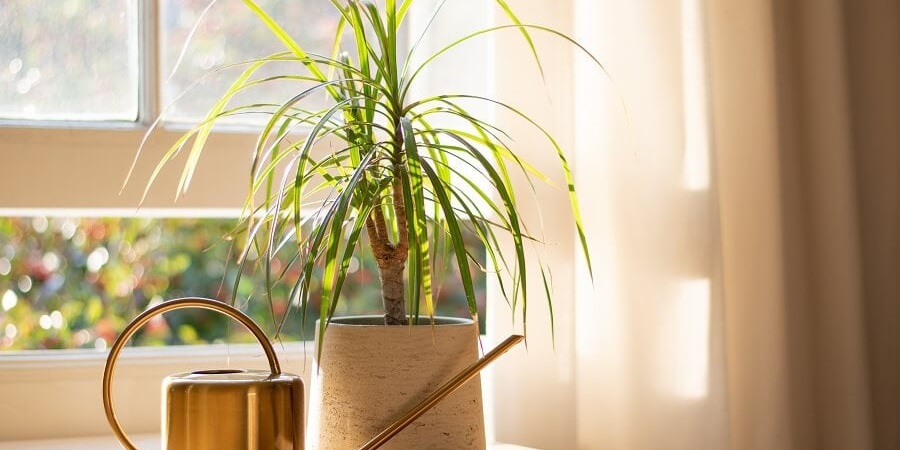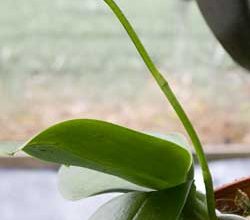Dracena: care and cultivation

In interior and exterior decoration, plants have always played an important role according to the taste of each person. Among the many options, the dracaena genus is easy to care for and offers beautiful and resistant bushes, which will serve to decorate various spaces both inside and outside the home.
Dracaena is the name given to a genus of flora that includes approximately 40 species of succulent shrubs and trees . Many of its species grow in the wild and can be large, but selective breeding has allowed the beauty of the genus to be brought into home decor.
In this context, today the dracaena is one of the most requested plant species to complement the decoration of gardens, entrances, corridors, living rooms and more. Besides, it should be noted that it can be grown at home, and even transplanted, so you can have as many as you want.
types of dracaena
So that you can easily identify the different types of dracaena, we now offer you a selection of the most well-known species, along with their characteristics:
- Dracaena Marginata
If you want to have a dracaena at home, you can opt for the dracaena marginata, its care is one of the simplest, thanks to the tolerance and adaptation of the plant. It is native to the island of Madagascar and can grow between 3 to 5 meters high. Besides, the dracena marginata is one of the most used in interior decoration .
- Dracaena Fragrans
This type of dracaena is among those characterized by having fluted leaves. Its approximate height is 1.2 meters, although it can grow more and the extension of its leaves reaches 45 centimeters, making it an impressive and beautiful indoor plant.

- Dracaena australis
It is a species native to New Zealand, which can grow up to 5 meters tall in cultivation and up to 20 meters in the wild, depending on the climate. It can withstand being in cold environments and its aesthetics are striking, with dark green, hard and arched leaves in natural fall.
- Dracaena Goldieana
Originating from the Asian continent, D. Goldieana features striking leaves with patterns of silver lines and different shades of green. It is a type of small bush that does not usually exceed 30 centimeters in height, but it represents a somewhat demanding cultivation challenge.
- dracaena drake
The D. Draco bush is native to the Canary Islands, and can grow and exceed 9 meters in height due to climatic conditions. In Spain its approximate size is between 1.5 to 2 meters high. It has stiff bluish-green leaves and stands out for being one of the longest-living species of dracaena.
- Dracaena Godseffiana
It is a plant native to the island of the Congo and can be grown in medium-sized pots. It grows to a height of approximately 60 centimeters with a spread of 40 centimeters, due to the size of its leaves, which feature irregular patterns of cream-colored specks on a dark green background.
- Dracaena Sanderiana
With origins in both Cameroon and Equatorial Africa, D. Sanderiana is a slow-growing shrub, but with a rather particular and striking aesthetic. Its leaves are bright green and have a wavy edge that gives them a closed shape. It can grow up to almost 1 meter or even more and its extension is 40 centimeters.
Cultivation of Dracenas
If you have been interested in learning how to grow the plant at home, now we will tell you what methods and tips you should follow, whether you are going to have it indoors or outdoors:
- Inside
Prepare any of your free pots and put a bed of small stones at the bottom, which will act as a drainage for the water. Next, fill the container with black soil and mixed compost 1/3. Make a hole in the center to place the root ball and fill with more soil, while pressing down to compact it. Finish everything with a watering session and put the pot in the light.
- Abroad
Go to your garden and dig a hole deep enough to transplant the dracaena according to its size. You can also apply gravel or small stones to the bottom to help with drainage and set your plant in place by filling everything back up with a mixture of the same garden soil and compost. Water until moist and voila.

Dracaena care
Now we offer you a series of general tips on the care of the dracaena plant so that you can make sure that you provide it with everything it needs and thus guarantee that it grows healthy and strong:
- Irrigation
In the aspect of irrigation, the dracaena generally requires a moderate rhythm and quantity that, in turn, will depend on the season of the year. In cold climates or in winter, for example, it will require watering every 20 days, while in summer it will be every 10 days. Be careful not to drown the plant and wait for all the water to be absorbed before adding more, as it can easily rot.
- Light
Something that must also be very careful when growing dracenas is light, since, although the plant requires sunlight, it is not recommended that it receive it directly due to the risk of burning the leaves. If your dracaena is going to be outside, the temperature should be between 18 °C to 20 °C and it should be placed in a strategic corner.
- Pass
The time of greatest development and growth of the dracaena is in spring and summer, so it is when it is advisable to add fertilizers and manure. It is important that it contains many nutrients and can be added every 20 days during the season.
- Multiplication
To multiply the dracaena, you just have to wait for it to reach the right size to cut a stem cutting with leaves. This cut must be dry and planted directly in the pot already prepared. In addition, it is advisable to prune the leaves if you have many to facilitate the transpiration of the plant.


![Photo of How to Transplant an Indoor Plant: [Complete Guide]](https://www.complete-gardening.com/wp-content/uploads/2022/08/how-to-transplant-an-indoor-plant-complete-guide-390x220.jpg)
![Photo of Cascarudito Drill: [Characteristics, Detection, Effects and Treatment]](https://www.complete-gardening.com/wp-content/uploads/2022/08/cascarudito-drill-characteristics-detection-effects-and-treatment-390x220.png)
![Photo of Calendula: [Cultivation, Irrigation, Care, Pests and Diseases]](https://www.complete-gardening.com/wp-content/uploads/2022/08/calendula-cultivation-irrigation-care-pests-and-diseases-390x220.jpg)